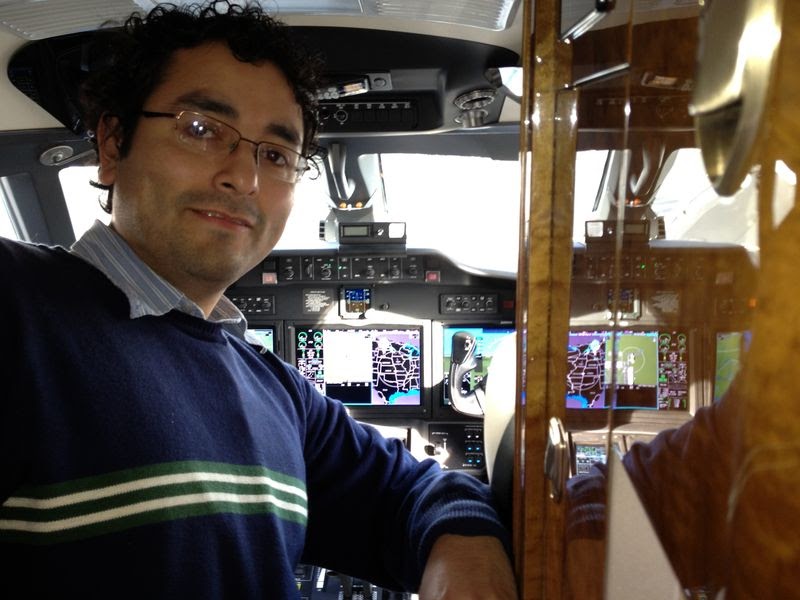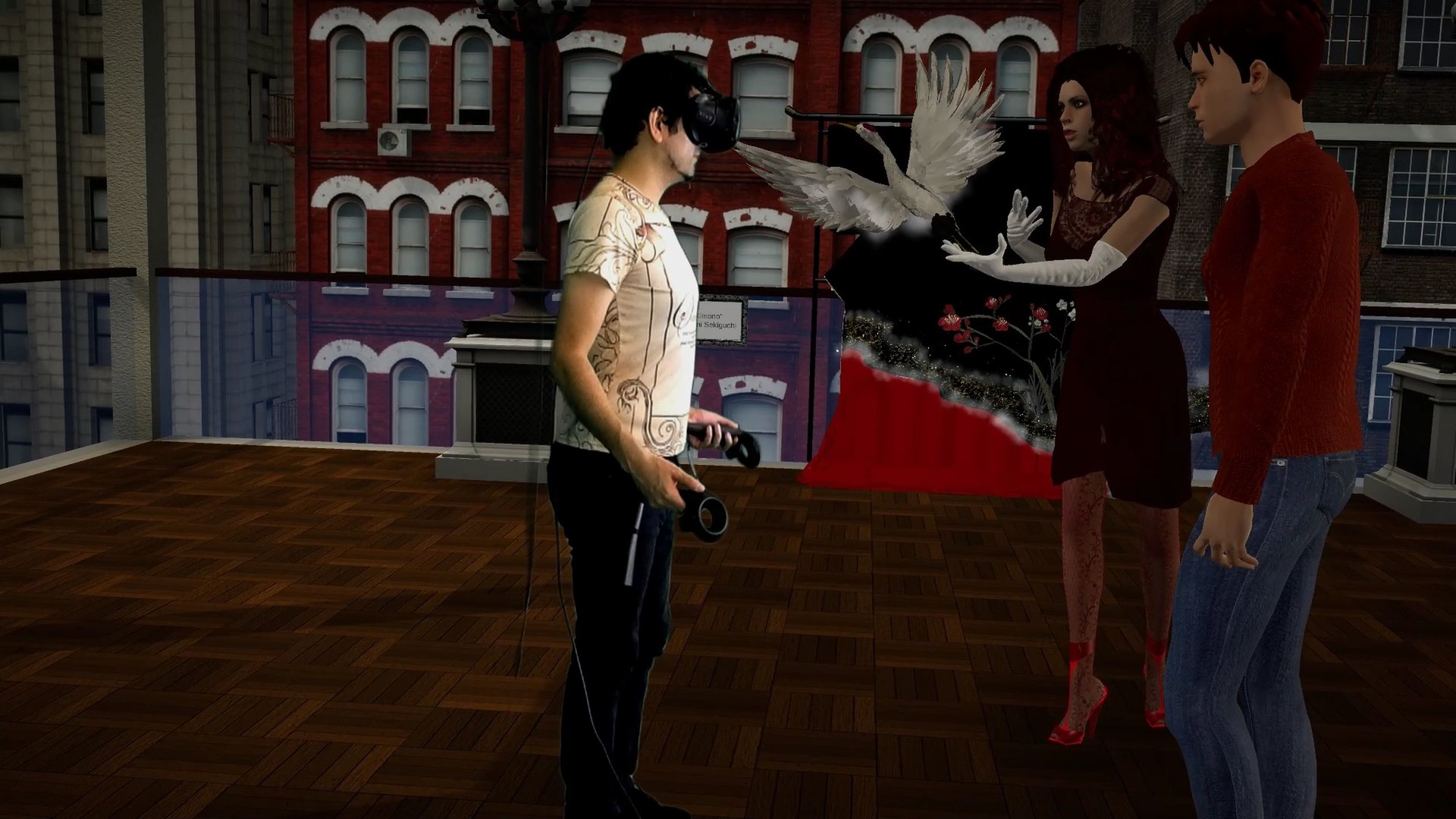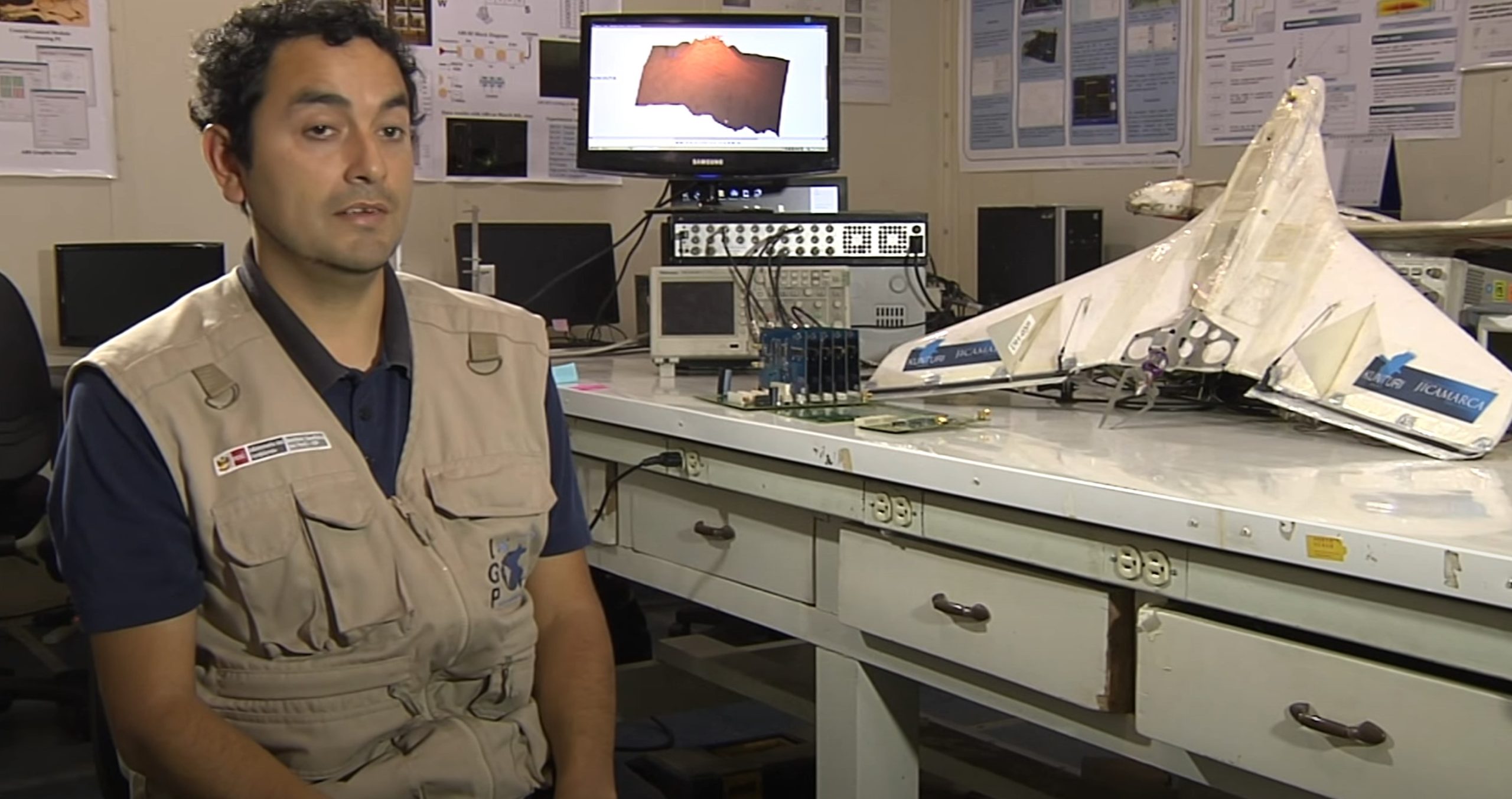When I first started using VR, all the games and apps seemed lonely. Written instructions and labels would tell you what to do, and you could see your hands (or more likely, controllers) to “see” yourself making things happen.
With Dance-Virtual, I needed a better presence for immersion. Dancers spend a lot of time in front of a mirror learning about body movement. This created a long research and development cycle:
- Develop a mirror that worked in stereoscopic vision for VR
- Customizable avatars that could change appearance, skin color, and hair for better representation
- Modular clothing system without mesh clipping, and foot heel offset for variation
- Low performance hit while on screen to allow multiple characters in mobile VR
- Runtime loading to minimize memory use
- Show emotional facial features for storytelling
- Lip-sync and vocalization to create empathy
This was my fifth version of the avatar system, and the avatar selection app is one of my most underrated standalone experiences. However, the avatars themselves are used in all my other apps, for immersive presence to complement interaction, storytelling and empathy.



